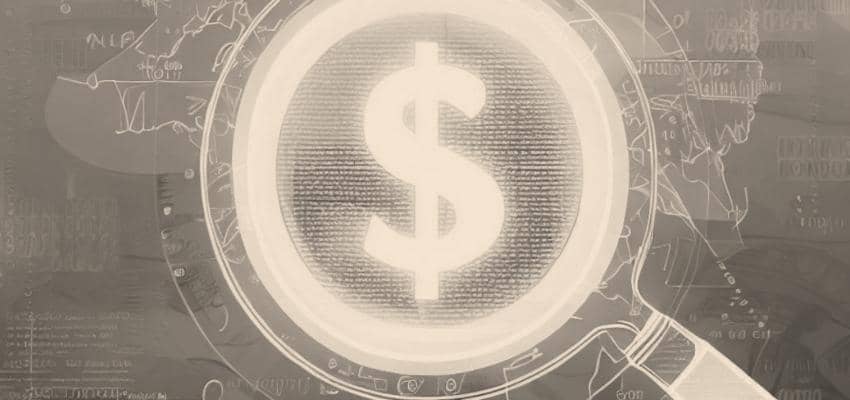What are Swift Codes & Is it Possible Transfer Money without Them?

Ever wondered why your international money transfer got delayed or ended up in the wrong account? The Swift Code is often the overlooked key. This unique identifier is more than just a random string of characters; it's the backbone of global banking that ensures your funds reach their intended destination. Understanding Swift Codes can make your international transactions not just seamless but also accurate and cost-effective.
TL;DR:
- Swift Codes are essential for international bank transfers.
- They are alphanumeric, 8-11 character long identifiers.
- Incorrect or missing Swift Codes can lead to delays or loss of funds.
Understanding Swift Codes is crucial for anyone engaged in international money transfers. They are the lifeline that connects banks globally and ensures your money lands in the right account, in the right country.
What Are Swift Codes?
Swift Codes are unique identifiers for banks when engaging in international money transactions. They are alphanumeric and vary between 8 to 11 characters. The code is divided into sections that reveal information about the bank and its location.
Why Do They Matter?
- Accuracy: Without the correct Swift Code, your money might end up in a different account or even a different bank.
- Speed: A correct Swift Code ensures a faster transaction, saving you time.
- Cost: Incorrect or missing Swift Codes can incur additional charges to correct the transaction.
When Are Swift Codes Not Needed?
Swift Codes are generally not required for transactions that don't involve a bank-to-bank transfer. For example, if you're using a specific money transfer service, a mobile money provider, or cash pickup service, the Swift Code might not be applicable. However, it's crucial to check the specific requirements of the service you're using.
How to Find Your Swift Code
- Bank Statement: Check your bank statement; it usually contains your Swift Code.
- Bank’s Website: Many banks list their Swift Codes online.
- Customer Service: When in doubt, call your bank's customer service.
Common Mistakes and How to Avoid Them
- Incorrect Input: Double-check the code before finalising the transaction.
- Outdated Codes: Banks can change their Swift Codes; always confirm the current code.
- Partial Codes: Ensure you input all 8-11 characters to complete the code.
Action Plan:
- Verify your Swift Code with your bank before making an international transfer.
- Use the Swift Code consistently for all international transactions with the same bank.
- Keep an eye out for any updates from your bank about changes to their Swift Code.